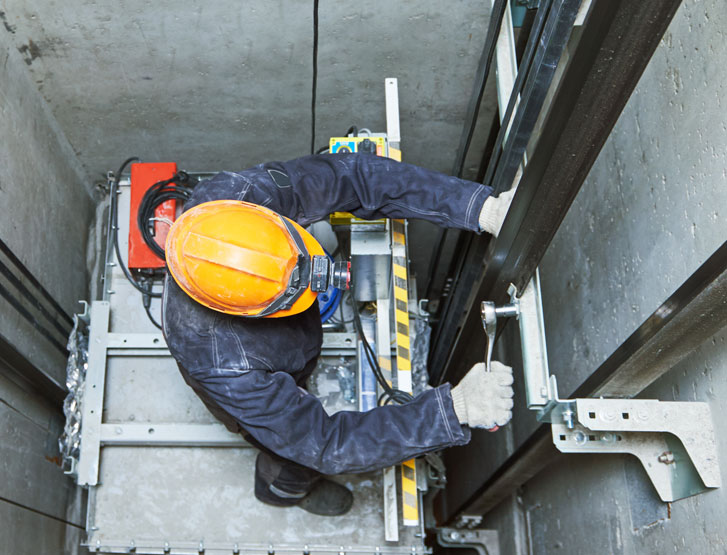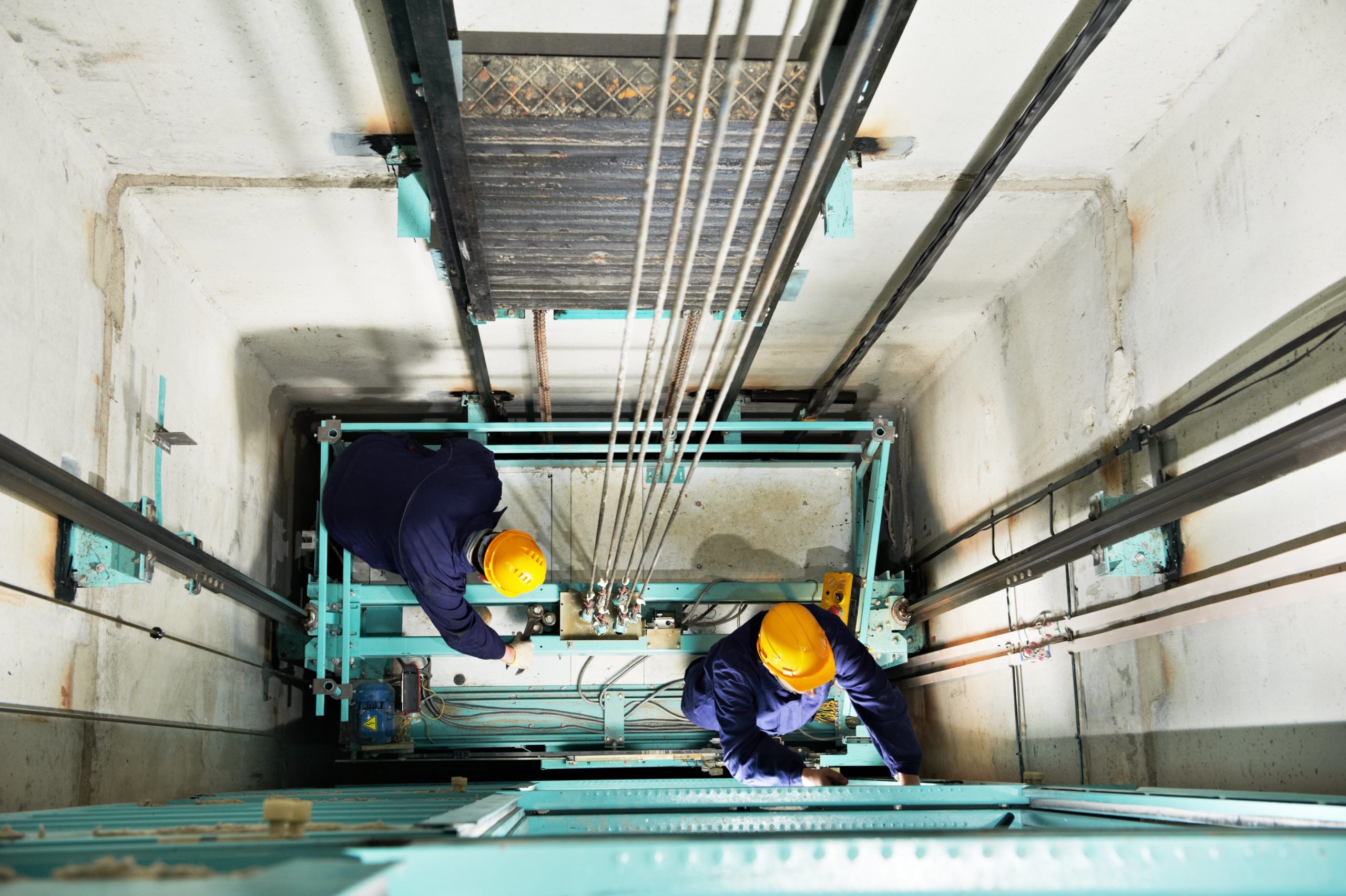Pro Tips for Keeping Your Lift in Leading Condition: A Comprehensive Summary
Guaranteeing the ideal performance of a lift system is imperative for a safe and reliable operation in numerous setups, from industrial warehouses to industrial structures. By sticking to a structured upkeep program and preemptively dealing with potential concerns, lift owners can minimize costly downtime and safety and security hazards.

Relevance of Normal Maintenance
Normal upkeep of your lift is crucial to guarantee its optimum performance and long life. By adhering to a regular upkeep schedule, you can identify and attend to potential issues prior to they escalate into pricey repair services or unexpected downtime. Routine upkeep tasks such as lubricating moving parts, checking for wear and tear, and checking hydraulic systems can assist prevent malfunctions and ensure secure procedure.
Disregarding normal maintenance not just endangers the effectiveness of your lift yet also poses safety threats to customers and residential property. Components that are not appropriately kept might fail all of a sudden, causing crashes or damage to the lift itself. Additionally, dealing with problems early via upkeep can expand the life-span of your lift and reduce the likelihood of major failures.
Along with boosting safety and security and efficiency, normal upkeep can likewise save you money over time. By buying precautionary maintenance measures, you can prevent pricey fixings or substitutes that may develop from disregarding the upkeep of your lift. In general, prioritizing regular maintenance is essential for making the most of the functionality and durability of your lift system.
Leading Parts to Examine

In addition, pay very close attention to the lift's safety and security features, such as emergency stop buttons, safety sensors, and interlocking systems, to guarantee they are operating appropriately. On a regular basis inspect the lift shaft for debris or blockages that can hamper the movement of the lift cars and truck. Last but not least, don't neglect to take a look at the doors, joints, and door drivers to assure smooth opening and closing procedures. By carefully checking these leading elements, you can capture prospective concerns early and guarantee your lift continues to be in leading condition.
Positive Fixing Methods
By tracking metrics such as lift speed, motor temperature, and power intake, upkeep teams can determine very early indications of possible issues and take rehabilitative actions before they rise. Additionally, carrying out a precautionary maintenance routine that consists of lubrication of relocating parts, screening of emergency brakes, and calibration of sensors can proactively attend to usual lift system issues.
Furthermore, investing in training programs for upkeep team on troubleshooting methods details to the lift design set up can encourage them to detect and solve concerns swiftly. By staying ahead of possible problems through proactive troubleshooting, lift operators can make certain a smoother and more trustworthy operation while lessening the risk of unforeseen failures.
Important Lubrication Practices
Executing correct lubrication techniques is essential for guaranteeing the smooth operation and longevity of lift systems. Routine lubrication assists minimize friction in between moving parts, avoiding wear and tear that can result in costly fixings and downtime. When it involves raise upkeep, complying with a stringent lubrication routine is necessary.
Picking the ideal lubricating substance is the initial step in reliable upkeep. Various elements of the lift system may call for particular types of lubricants, such as oil or oil. Seek advice from the producer's standards to establish the proper lubricants for each and every part.

Frequently inspecting the problem of lubricated parts is additionally essential. Search for indicators of extreme wear, contamination, or poor lubrication. Address any type of concerns immediately to prevent additional damages and ensure the continued smooth operation of your lift system. By Clicking Here prioritizing correct lubrication practices, you can extend the life-span of your lift and enhance its efficiency.
Precaution for Lift Operators
In order to preserve a risk-free functioning atmosphere and promote functional performance, lift drivers must rigorously follow suggested safety protocols, Website alongside prioritizing necessary lubrication techniques for optimum lift efficiency. Precaution for lift operators are essential to avoid mishaps and make sure the smooth functioning of the lift system. Operators must go through complete training on correct lift procedure, emergency procedures, and safety guidelines. Normal tools assessments and upkeep checks are imperative to recognize and attend to any kind of prospective security risks quickly. It is important for drivers to constantly comply with producer recommendations for lots capabilities, operational limitations, and security features use.
In addition, lift operators must focus on individual protective devices (PPE) such as safety helmets, handwear covers, and security harnesses when operating at heights or taking care of hefty loads. Clear interaction amongst operators, upkeep service technicians, and various other workers is essential to stop misconceptions that could bring about accidents. Finally, drivers should remain vigilant, focused, and prevent distractions while operating the lift to make certain the security of themselves and others in the location.
Conclusion
To conclude, preserving a lift in leading condition is vital for ensuring security and effectiveness in procedures. Routine upkeep, extensive examinations of key parts, aggressive troubleshooting, proper lubrication practices, and adherence to safety and security procedures are essential for extending the life expectancy of the lift and protecting against crashes. By complying with these standards, lift drivers can make certain the ongoing capability why not find out more and safety of their equipment.
By adhering to a structured maintenance regimen and preemptively dealing with prospective problems, lift owners can reduce costly downtime and safety risks. Routinely examine the lift shaft for debris or obstructions that can impede the activity of the lift car.In order to keep a secure working setting and promote functional efficiency, lift drivers have to carefully stick to recommended safety methods, along with prioritizing vital lubrication methods for optimal lift efficiency. Security measures for lift operators are crucial to protect against mishaps and guarantee the smooth performance of the lift system. Normal maintenance, comprehensive evaluations of key components, positive troubleshooting, correct lubrication methods, and adherence to safety actions are necessary for extending the life expectancy of the lift and preventing mishaps.